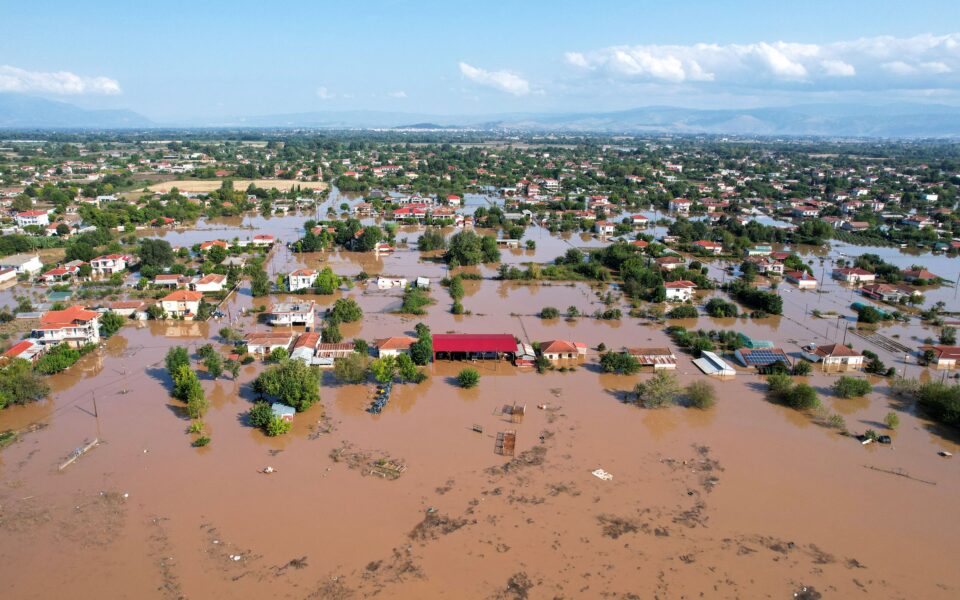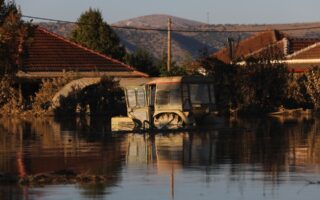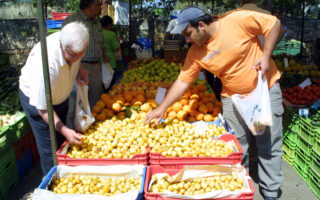Long-term economic effects of storm emerge as waters recede
The long-term economic effects of the damage emerging as the waters recede in Thessaly

The estimate of the amount of financial damage caused by storm Daniel is growing by the day. From the 1.5 billion euros that government sources put it at last week, they are now raising it to €2.5 billion. Economists, however, taking into account the total destruction in the economy and not only the fiscal cost, are talking about damage of €3-5 billion, although nothing can be precisely calculated yet, since the recording of the damage has not been completed.
There are many dimensions to the problem. First, as the waters recede, the damage to houses, factories, crop and animal production is assessed, for the handout of the first compensation that the prime minister has already spoken about.
But there is more: The infrastructure needs to be restored and the debate has already begun on the standards it should meet and to what extent it makes sense to cover its cost. Still, in the long term, the question is whether or not the loss of capital will eventually be restored, whether the economic units that were destroyed will be rebuilt, whether the fields will be cultivated again, as it may no longer make economic sense for some of those affected. Economists are also talking about a possible demographic problem, especially in a region that is proving to be vulnerable to climate change.
“What does it mean when a third of Thessaly is covered with water?” asks professor and general director of the Foundation for Economic and Industrial Research (IOBE) Nikos Vettas. As he explains, paradoxically, disasters may not have a direct impact on the economy (when a forest burns or a house floods, GDP does not automatically decrease), while on the contrary, government spending on their restoration can actually increase GDP. However, in the long run the economy is negatively affected, as capital and natural resources have been destroyed.
“How many years will it take for production to return to the level it was at? And will it be able to come back? Bear in mind that a large percentage of the residents in the areas are elderly,” he points out.





